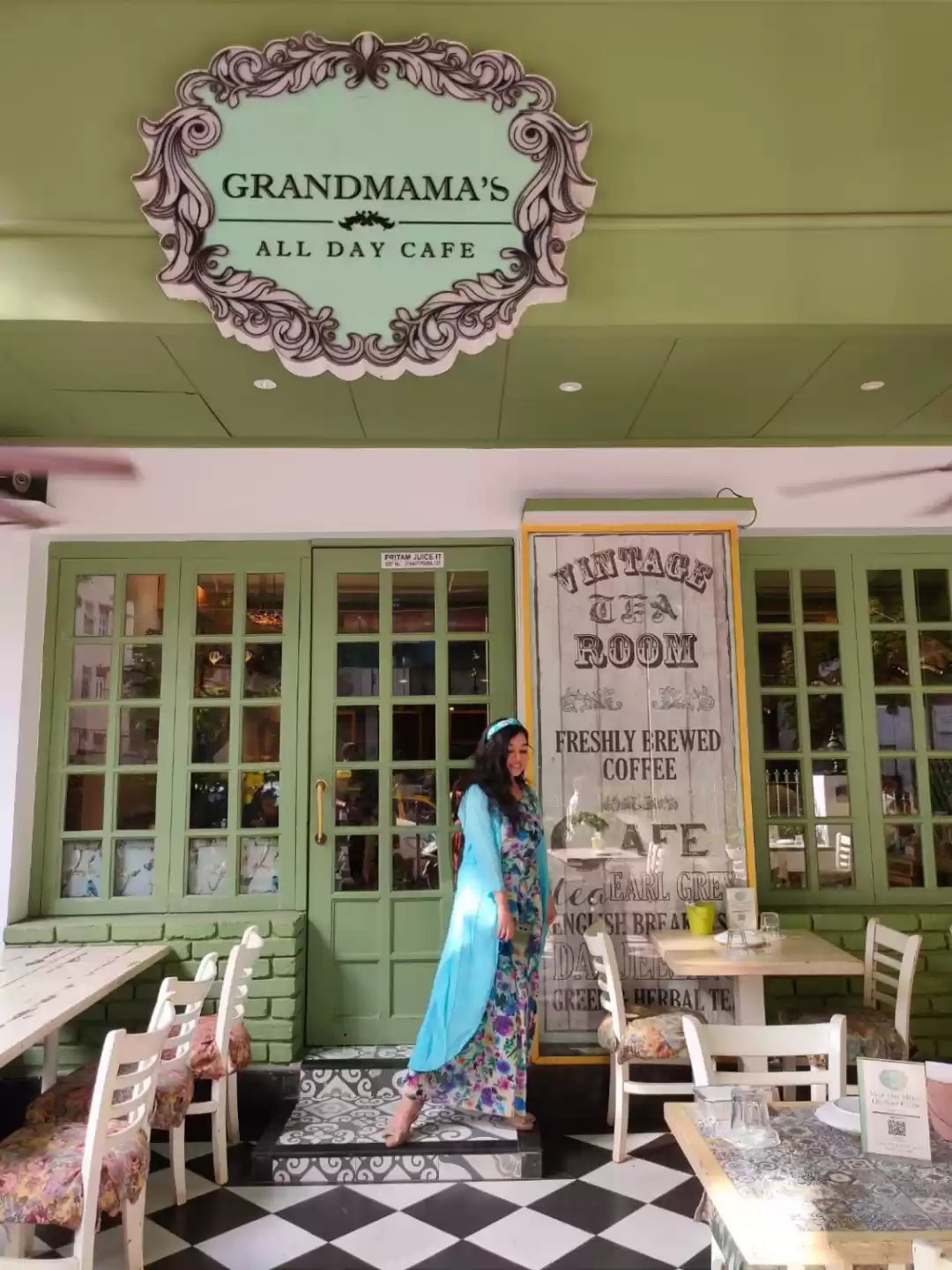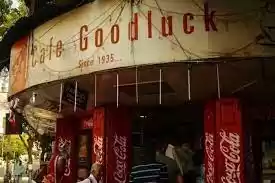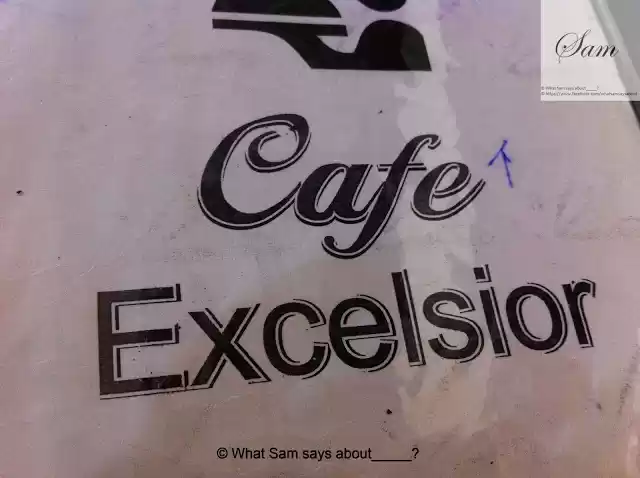
My curiosity of exploring the hidden, historic and heritage gems right in the heart of metropolitan cities was the reason I visited this bakery that has stood the test of time and circumstances. While scrolling the much-loved Instagram app, I had come across a well curated reel that made me sit up and decide – I needed to visit this “piece” of bakery – Yazdani Bakery & Restaurant.
P.S. - It is no more a thriving restaurant where people from different walks of life would congregate for morning chit-chat or evening get-together. It only sells bakery items.
Not honoured in the usual list of bakeries when you Google “oldest places to eat” or “best bakeries in Mumbai”, this place boasts of its own set of loyal patrons. Located close to Kala Ghoda near Fort (a posh neighbourhood where swanky Mercs and high-end BMWs are a common sight), the bakery had carved a well-deserved space between the elegantly carved British architecture on one side and commercial buildings on the other.

How Did the Bakery Start?
It was in 1950 that the bakery was started by Meherwan Zend, an Indian Zoroastrian of Iranian descent, after which it was run by his sons – Zend Meherwan Zend, who used to be a boxer in his hay-days and then by Parvez Irani Zend. Known for its “brun-maska”, this establishment used to take pride in baking bread that is available in what was Czechoslovakia, but Covid’s aftereffects has left the bakery emotionally broken beyond repair and in physical shambles, however, the spirit lives on.
According to food historian Kurush Dalal, Zend Meherwan Zend could probably have been the first baker in Mumbai to “go beyond Bun, Brun, Laadi Pav and Sliced Bread”. Zend Meherwan Zend came from the family where the method of fermenting bread was followed that resembled the method involved in the fermentation of sourdough bread of today – that’s a good century apart!

At first Zend’s grandfather, Zend Merwan Abadan who came to Mumbai (then Bombay) at the turn of the century, had set up a bakery near Alexandria cinema that followed the method of baker’s yeast-shunning bread (like the sourdough bread), where his grandmother Jerbanoo would wake up at the wee hours of 3am to knead the dough in khamir – a technique used in Iran that involves baking with the basic yeast ferment. In this technique the lump of dough is kept for fermenting the next day’s dough without using readymade yeast unlike these days. Leavening of dough was learned from the Portuguese who also taught the use of hops in baking.

After Zend’s father lost his father at the tender age of seven, he joined one of the city’s oldest bakeries - Rising Sun bakery at Golpitha, where Anton Pereira was their old Goan baker. While the bakery supplied cakes and pastries from Colaba Military camp to Chembur Naka, Meherwan Zend would ride the bullock cart to deliver the edibles and finally established his own bakery in 1950 in a building that used to be a Japanese bank through World War II.
The final blow to the bakery came with the passing of the youngest and the tallest of the three brothers at the age of 81 in the year 2021 - Pervez Irani.

The Menu
The blackboard that was once covered with myriad bakery and confectionary items, now fits an item or two with a font so large that it seems like a desperate attempt to make the blackboard look wholesome.

Kharis

Shrewberry biscuits

Brun-maska
Soft buns

Mawa cakes

Crusty breads

Toasts

There are a few more items which I wasn’t familiar with.
The Current State
The old peeling walls have seen better days. A space that was once bustling with people now has the association of one or two workers who bake (I just saw one person). The floor where benches and tables lay organized in neat rows till a few years back is now occupied by a Yezdi bike. Though some benches are still around but it misses the bustling people – sitting there and sipping their “cutting-chai” and taking a bite of the “brun-maska”. Nowadays they don’t even sell tea. It’s just bread and biscuits.

The absence of Tirandaz Zend, Perzon Zend’s son, at the bakery on a busy Sunday afternoon would raise questions about who is currently running the show. A bakery that was once known for its hospitable hosts, who would befriend strangers and even sit to have tea with them, that warmth and generosity is missing. Covid was responsible for the loss of its workers and also the business, but the show must go on.
The bakery that provided food to the stranded and the homeless during the riots of 1992-1993 and the only shop to be open during those testing times has been a testament of soulful magnanimity – something that needs to be resurrected for its continuity. And I hope and pray that this iconic establishment is able to revive its former glory with the help of people who believe in the greatness of the “Bakehouse of Meherwan Zend and Zend Meherwan Zend”.

How To Reach This Iconic Bakery
The best way is by Mumbai’s lifeline – the local train. Alight at Churchgate (beyond that the train does not run). Then take a cab to the bakery by using Google map.
The wall at the entrance is covered with painted souvenirs as parting gifts from visitors who were quite taken by the bakery and its host which goes on to show the impact that a simple, jovial and well-disposed man had on people visiting this more than 70-year-old bakery.

Standing as a proof of perseverance against all odds of rising modern cafes and bake houses, “La Boulangerie” at the Fort will never fail to bring back the memories of a past-era to those who are willing to embrace the old.

Think we missed out on something? Tell us about it in the comments below. Or write about it here on Tripoto and earn Tripoto Credits!
Explore the best of travel inspiration on Tripoto Instagram!

























